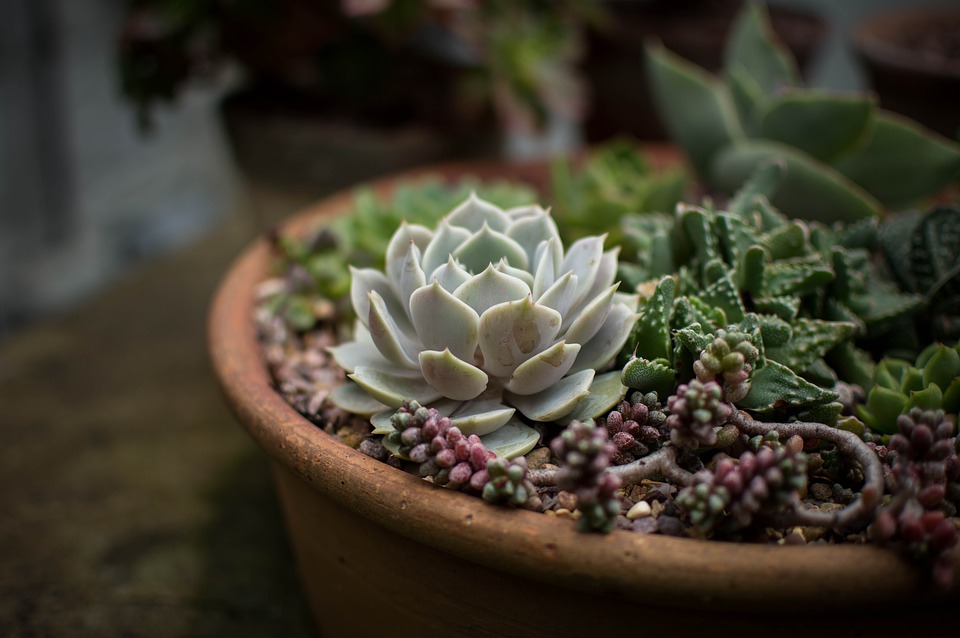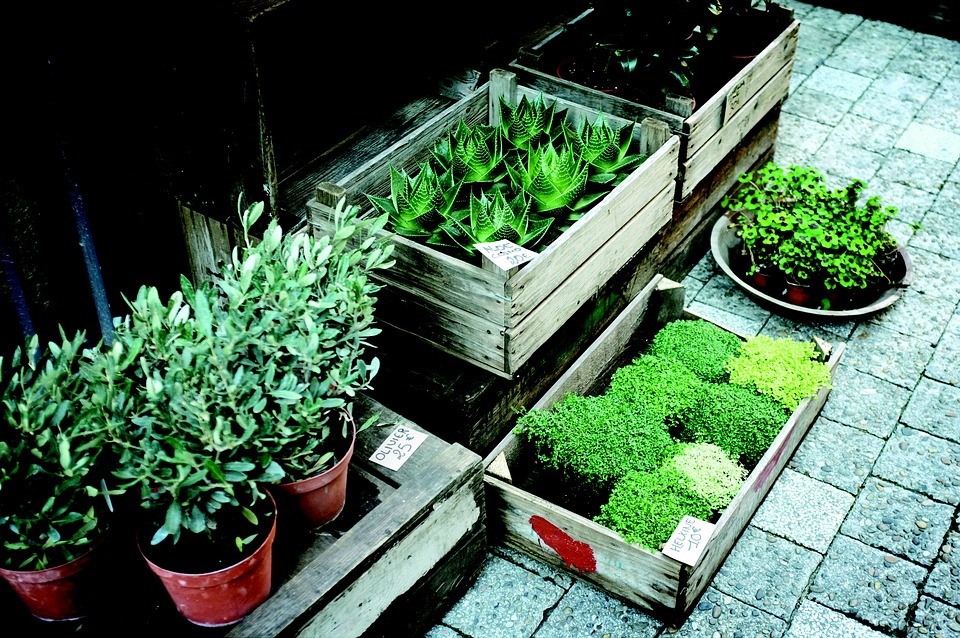Relocating in New York is one of the most challenging moves you’ll ever experience. Whether you’re doing a cross-country move or simply changing zip codes, getting through a move in NYC takes a lot of prep work and manpower.
Moving to the City
While moving in New York City won’t be easy, you can do your best to prepare yourself and make the relocation a little better. If you’re planning a move in NYC soon, read these seven tips to help make your move as hassle-free as possible.

1. Skip the Hassle and Hire Movers
While you may be thinking about doing everything yourself– don’t. If you can afford it, definitely splurge for professional movers. There’s nothing like carrying your largest pieces of furniture up five flights of stairs. For great movers at affordable rates, we recommend Cheap Movers Brooklyn (http://www.cheapmoversbrooklyn.net/).
If you can’t hire movers, do assemble a small team of friends and family to help you lighten the load. With a system in place and teamwork on hand, you’ll be able to share the burden of moving and be able to get the job done faster.
2. Pack Efficiently and Smart
The packing process starts long before the move. Months before the moving date, start going through your belonging and sort through everything that you hope to donate, sell, or throw away. After you’ve gone through everything, be sure to have your boxes clearly marked make the moving in even easier.
3. Rent Out Space in a Storage Unit
Consider using a storage unit as you prepare to move. This will help you clear out your home without having the added clutter of boxes. Similarly, it takes the pressure off of moving in and having to unpack immediately. With a storage unit, you’ll be able to unpack at whatever pace is right for you.
4. Avoid Moving During a Holiday or City Event
New York city is already crowded enough. Don’t add to your moving day stress by choosing to move on a day when there is a major event or holiday planned. While you would likely not choose one of the busiest days of the year to move, some people make the mistake of not checking the calendar before planning their move.
5. Know the Moving Day Rules for Your New Place
After signing the lease, be sure to contact the management company for your new place to review their move-in policy. Typically, many management companies will require that any moving companies have insurance as well as bringing a protective covering to prevent any damage to the floors and the halls during the actual move.

6. Avoid Boxes, Use Bins Instead
When it comes to modern moving, cardboard boxes are a thing of the past. Bring in the bins— they’re environmentally friendly, and they are crush proof. With bins, you can rent your own just for the move, or buy some and reuse them for storage purposes.
7. Thoroughly Research the Area You’re Moving to
While you have probably already found the perfect place, too often, people fail to check out the neighborhood they’re moving to thoroughly. Before making the relocation, take the time to find out everything you can about your future Brooklyn neighborhood.
There are many ways to make relocating in New York City less stressful. Start with the seven tips to get the ball rolling for your next move.






